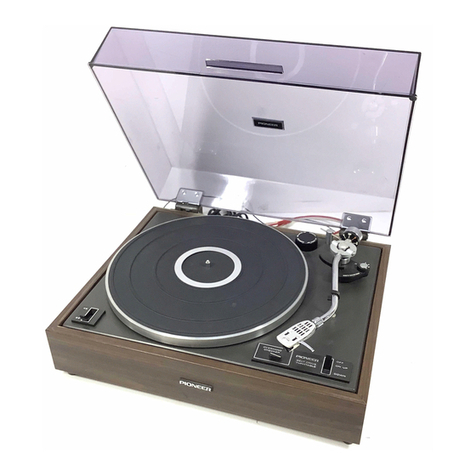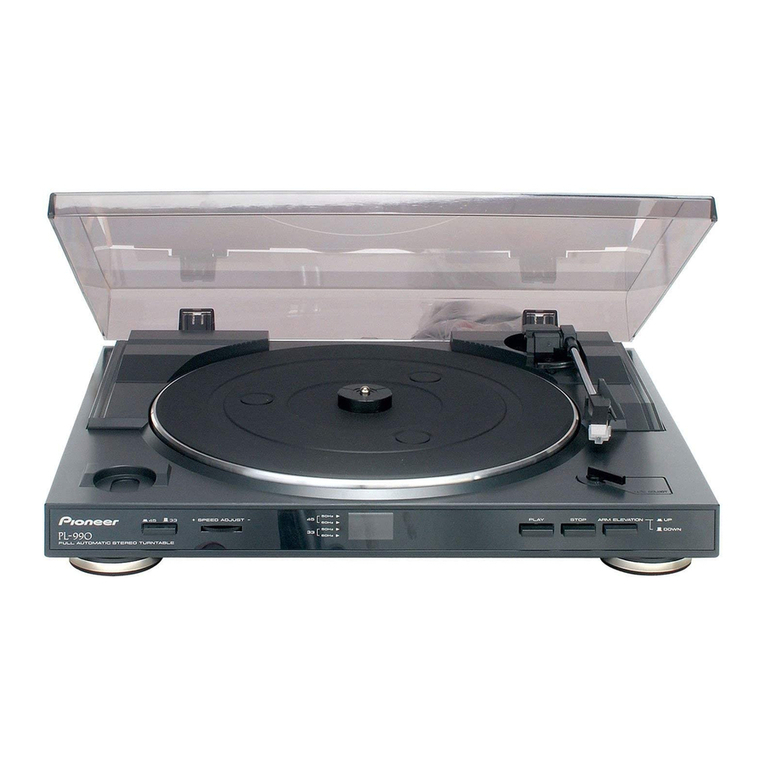Pioneer QuartzPLL PL-540 User manual
Other Pioneer Turntable manuals

Pioneer
Pioneer PL-450 User manual
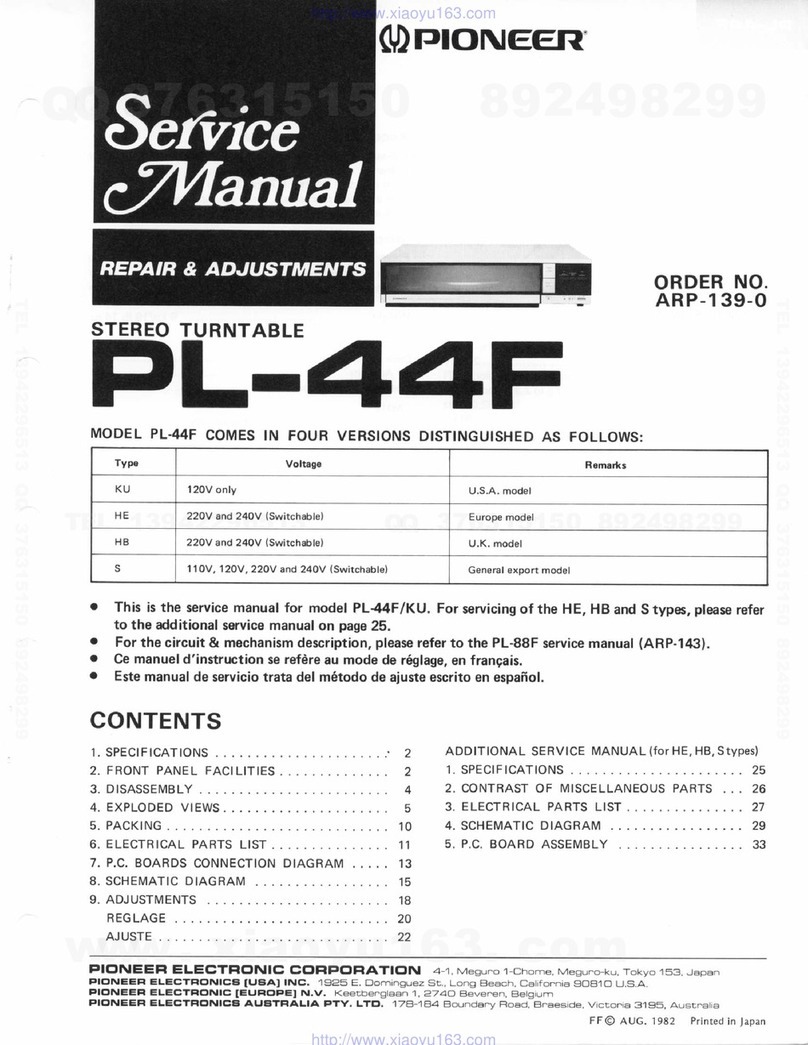
Pioneer
Pioneer PL-44F User manual

Pioneer
Pioneer LD-1100 User manual
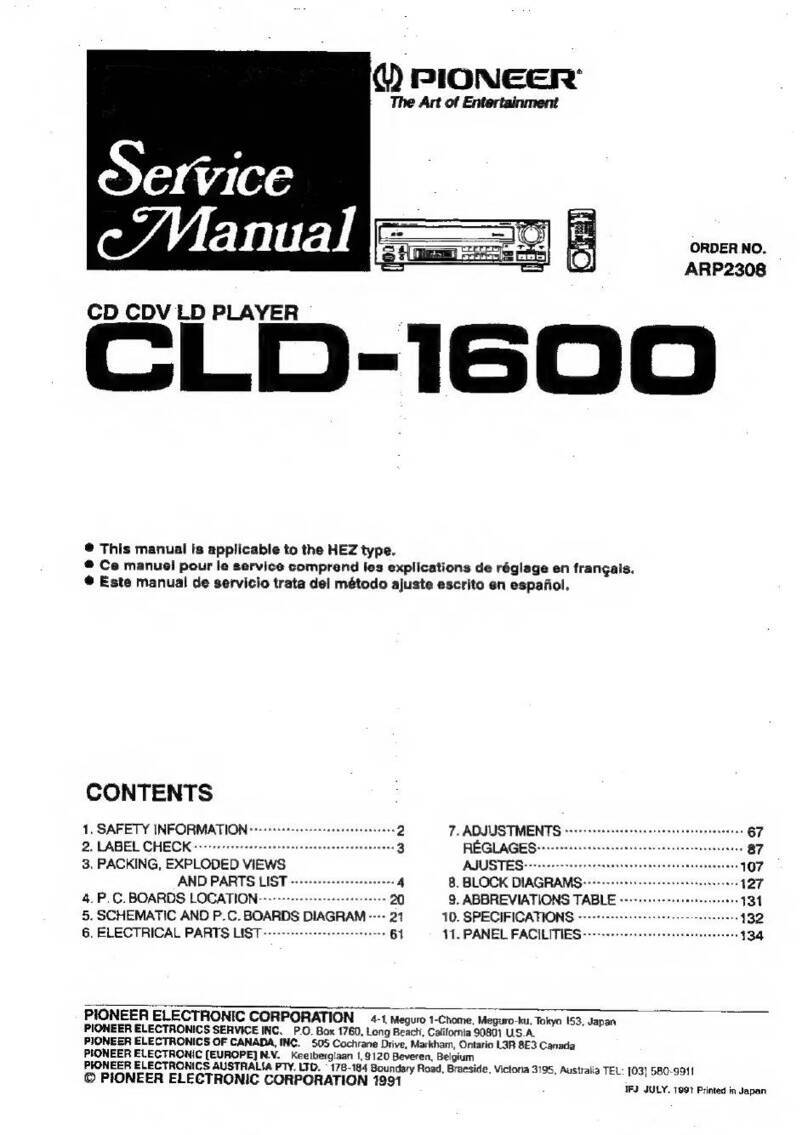
Pioneer
Pioneer CLD-1600 User manual

Pioneer
Pioneer PL-44F User manual

Pioneer
Pioneer DEH-P7550MP User manual

Pioneer
Pioneer PL-115D User manual
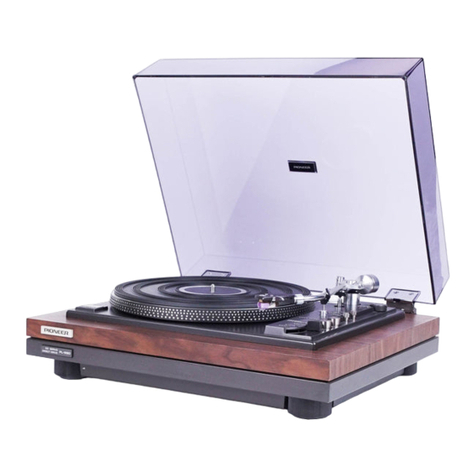
Pioneer
Pioneer PL-55 User manual

Pioneer
Pioneer PL-50 User manual
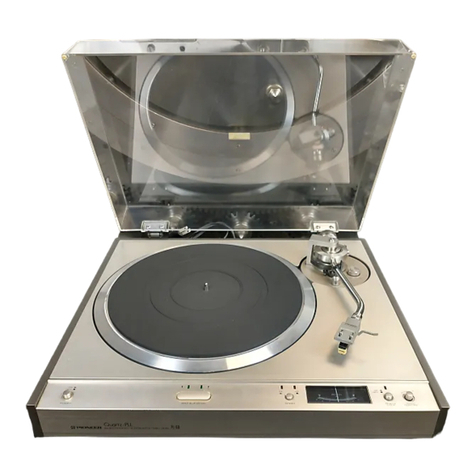
Pioneer
Pioneer PL-610 User manual

Pioneer
Pioneer PL-30-K User manual
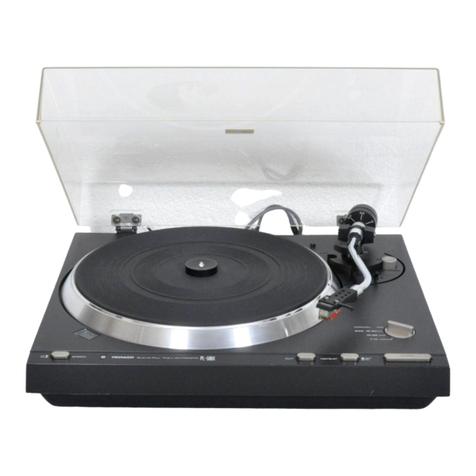
Pioneer
Pioneer PL-500X User manual

Pioneer
Pioneer BDP-170 User manual

Pioneer
Pioneer PLX-1000 User manual

Pioneer
Pioneer PL-100 User manual
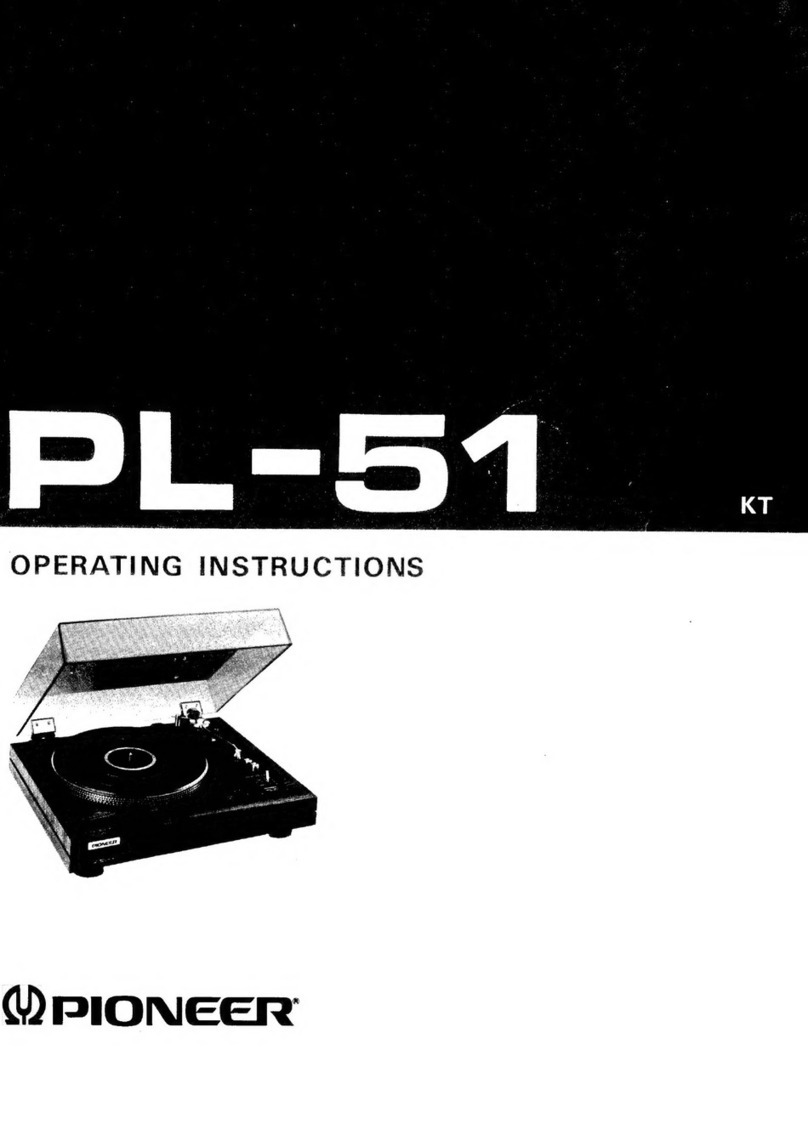
Pioneer
Pioneer PL-51 User manual
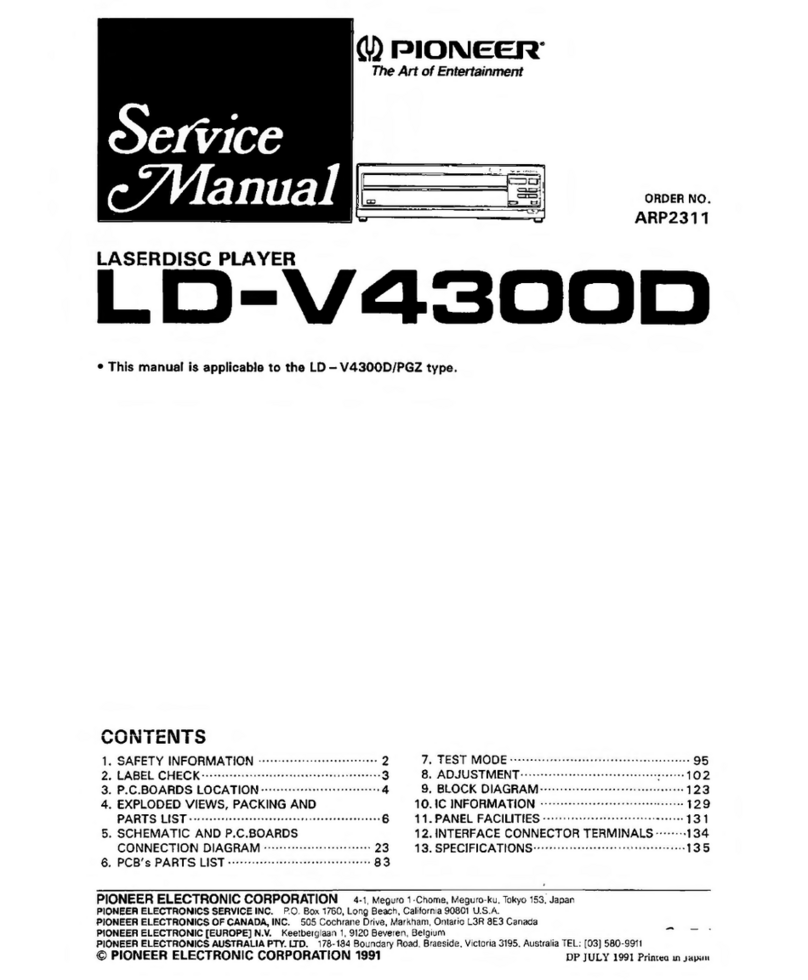
Pioneer
Pioneer LC-V4300C User manual

Pioneer
Pioneer PL-12D User manual
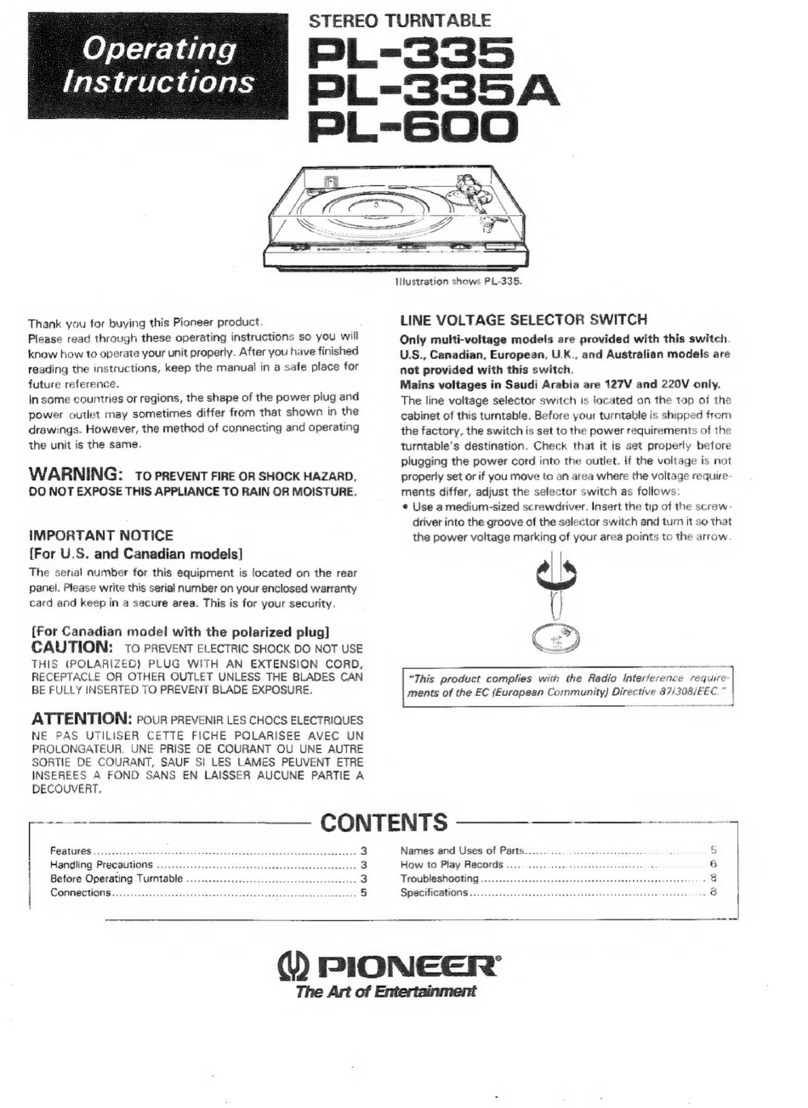
Pioneer
Pioneer PL-600 User manual

Pioneer
Pioneer PL-5 User manual
